Filter data
|
ID |
Nickname |
Country / City |
Languages |
Taxonomies |
Comment |
Project / Group |
Map |
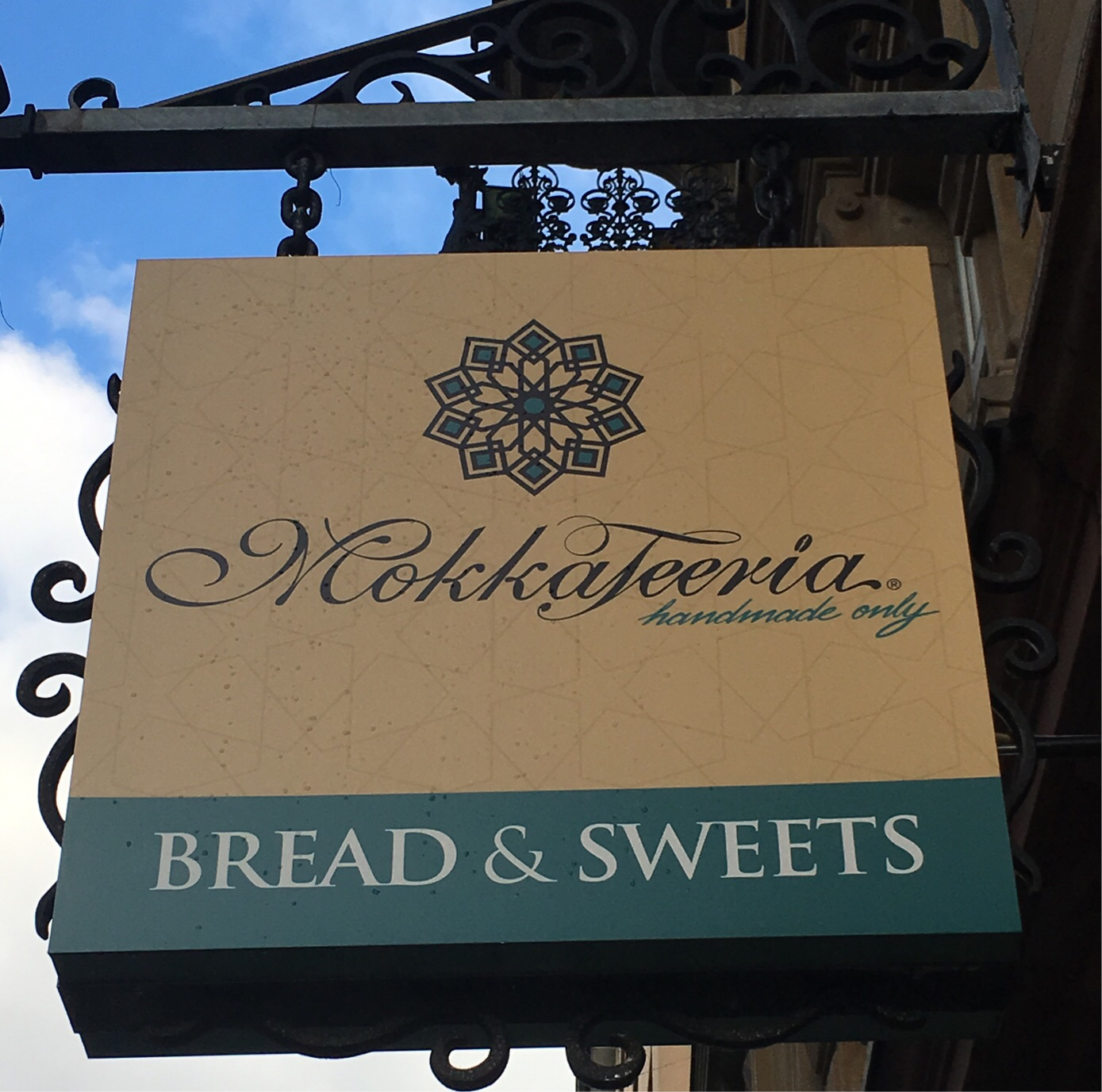
|
2000
|
|
Deutschland
Frankfurt am Main
|
|
|
#Superhybrides Wort
|
|
|

|
16592
|
|
Germany
Frankfurt am Main
|
|
|
—
|
|
|
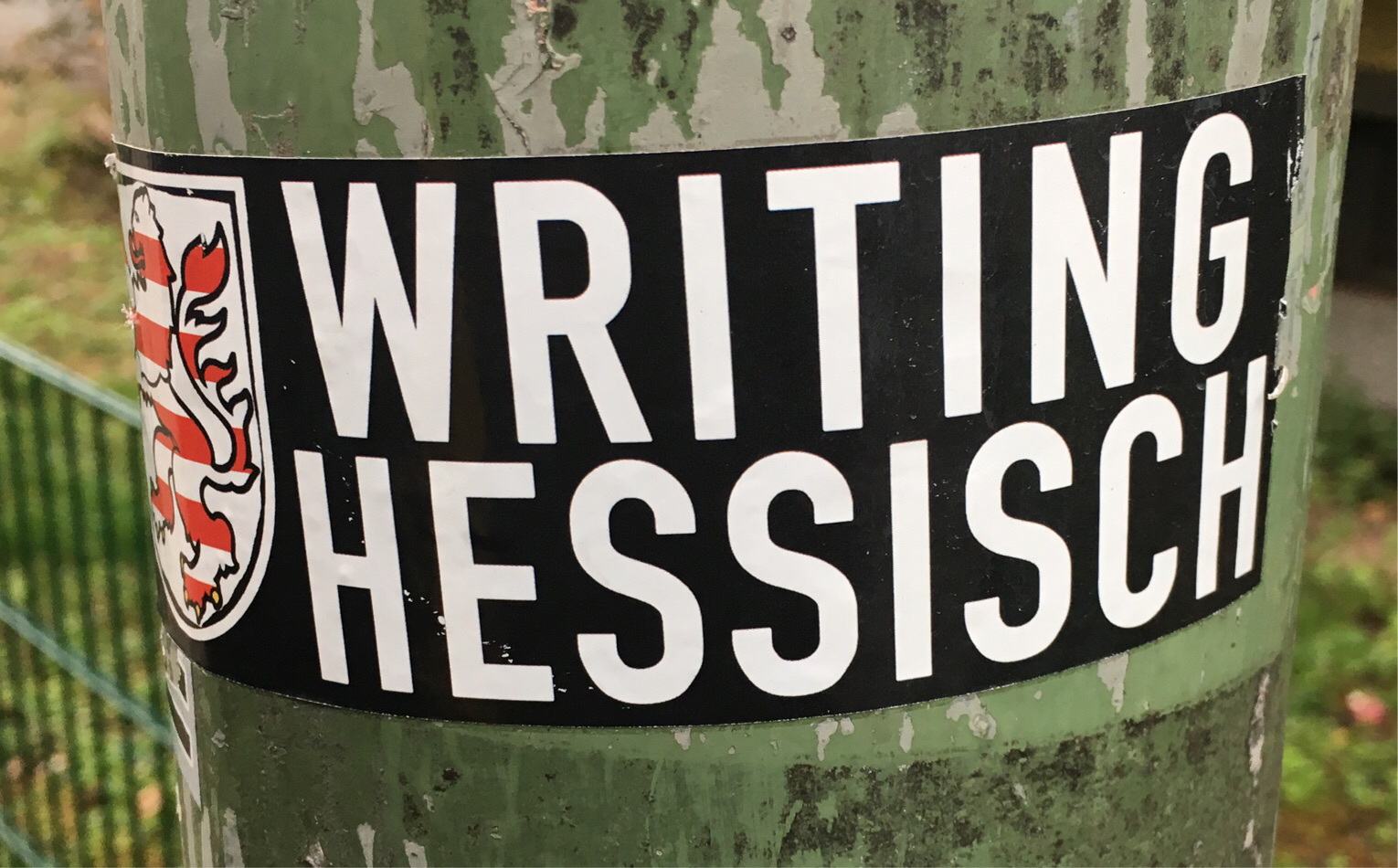
|
977
|
|
Deutschland
Frankfurt am Main
|
|
|
—
|
|
|
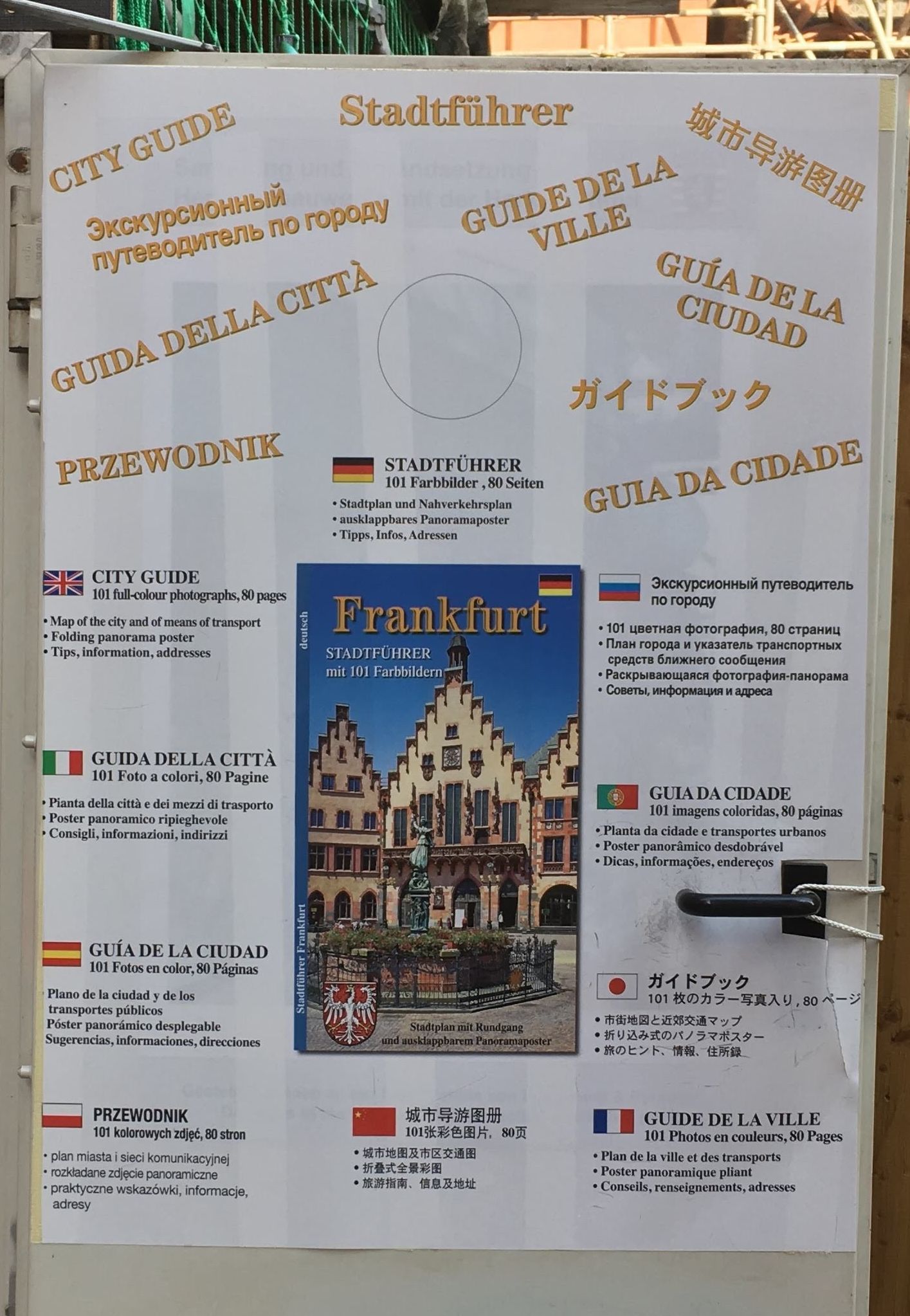
|
16593
|
|
Germany
Frankfurt am Main
|
|
|
—
|
|
|
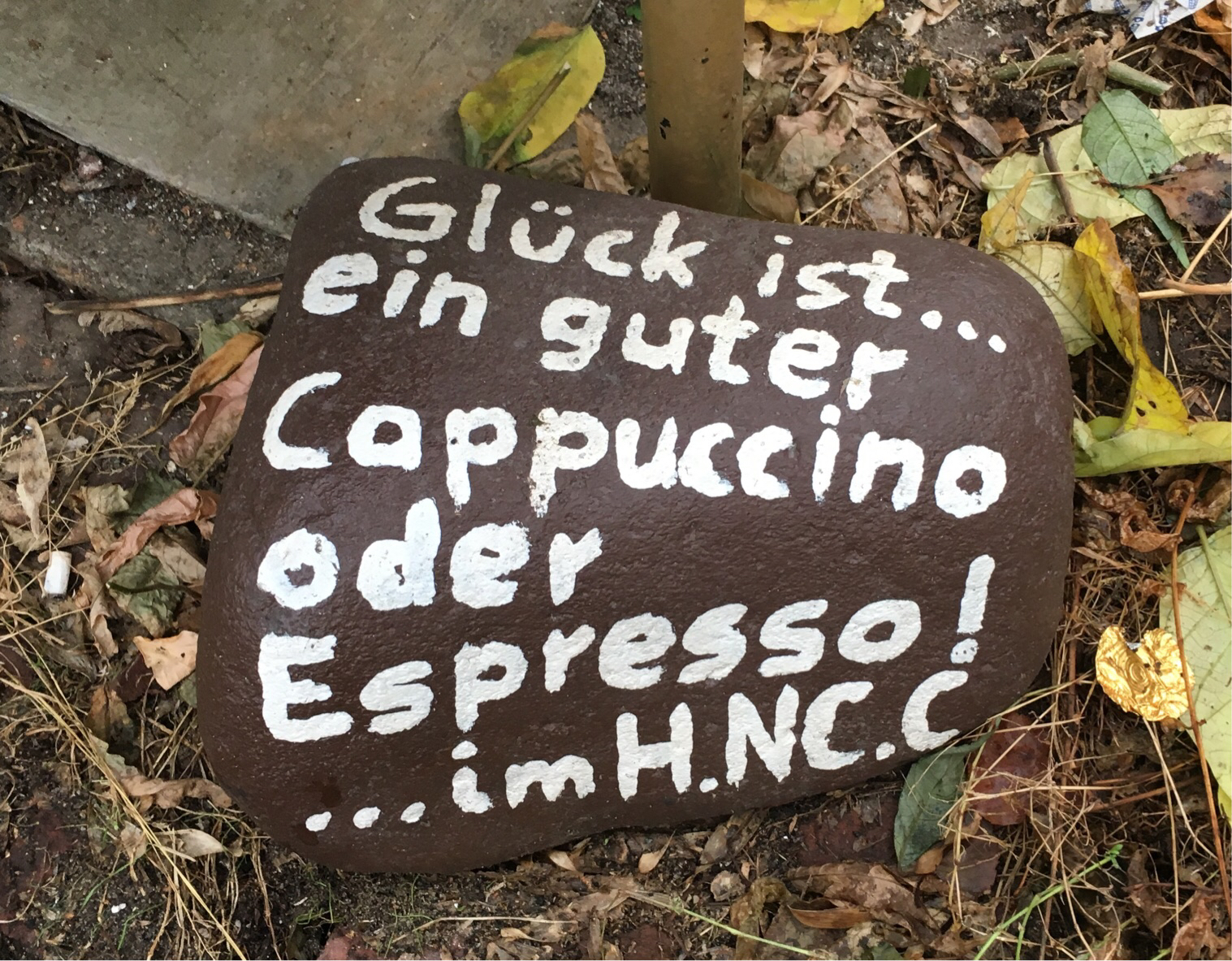
|
978
|
|
Deutschland
Frankfurt am Main
|
|
|
—
|
|
|

|
16594
|
|
Germany
Frankfurt am Main
|
|
|
—
|
|
|
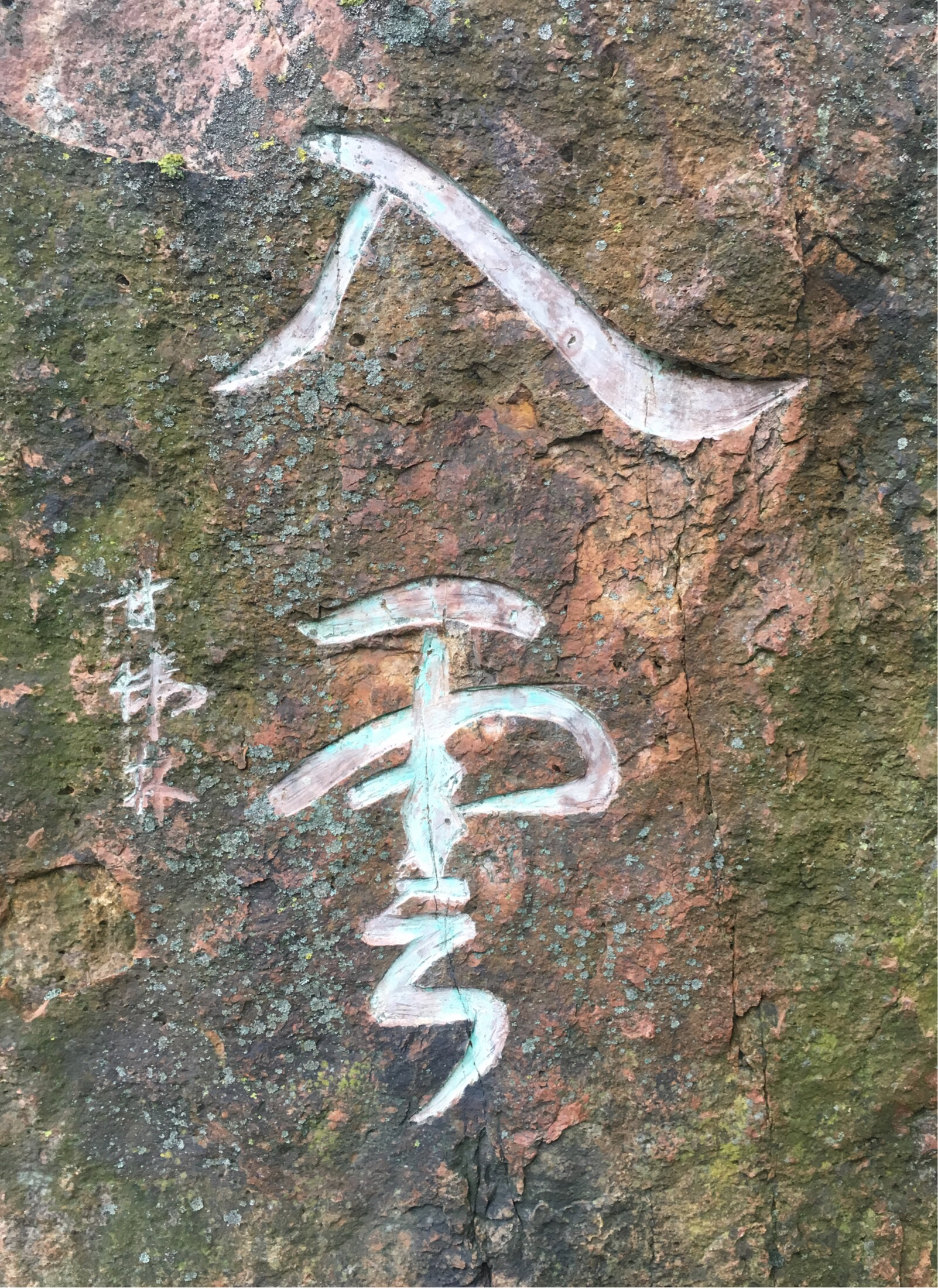
|
979
|
|
Deutschland
Frankfurt am Main
|
|
|
—
|
|
|

|
16595
|
|
Germany
Frankfurt am Main
|
|
|
—
|
|
|
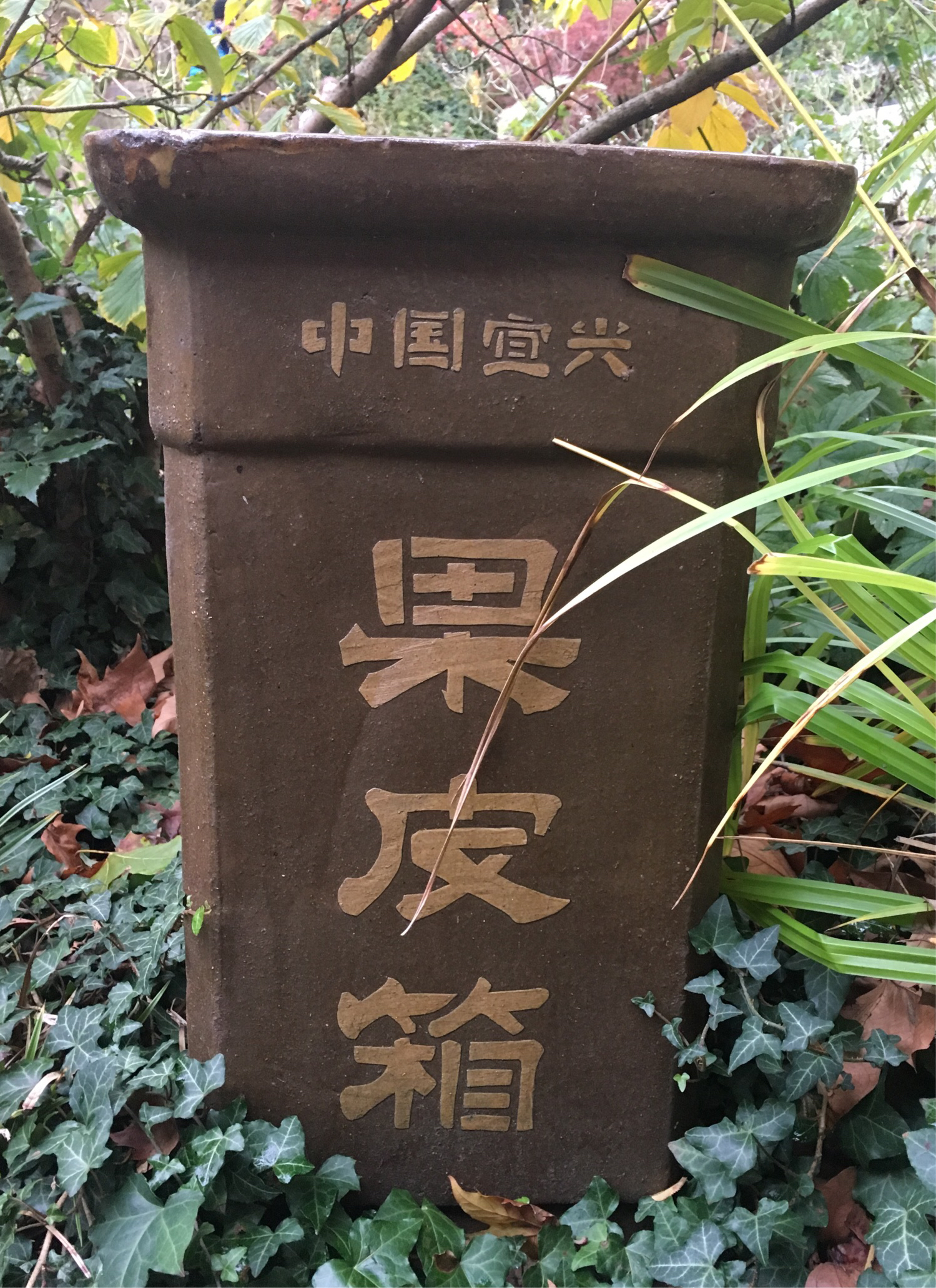
|
980
|
|
Deutschland
Frankfurt am Main
|
|
|
—
|
|
|

|
16596
|
|
Germany
Frankfurt am Main
|
|
|
—
|
|
|
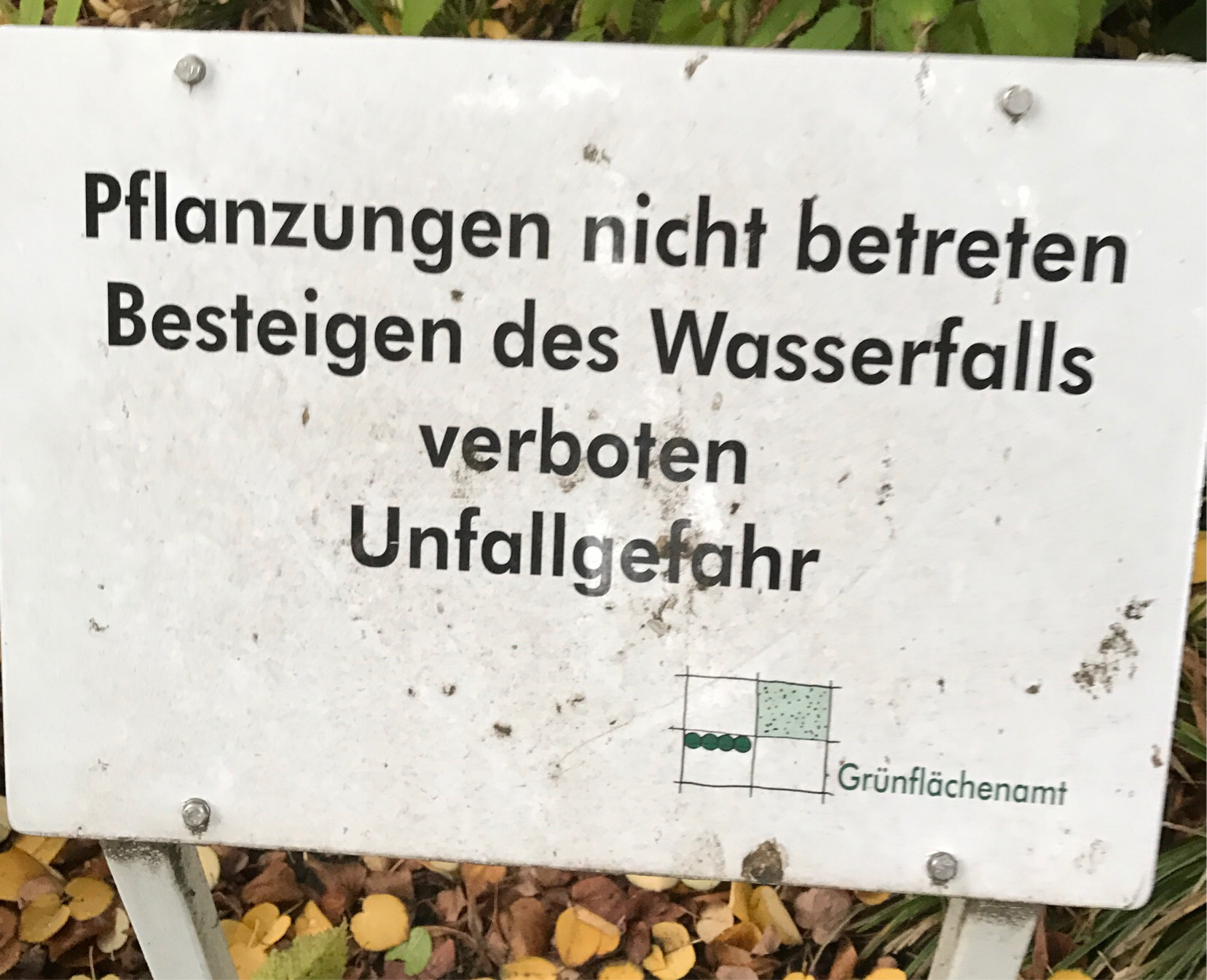
|
981
|
|
Deutschland
Frankfurt am Main
|
|
|
—
|
|
|

|
16597
|
|
Germany
Frankfurt am Main
|
|
|
—
|
|
|
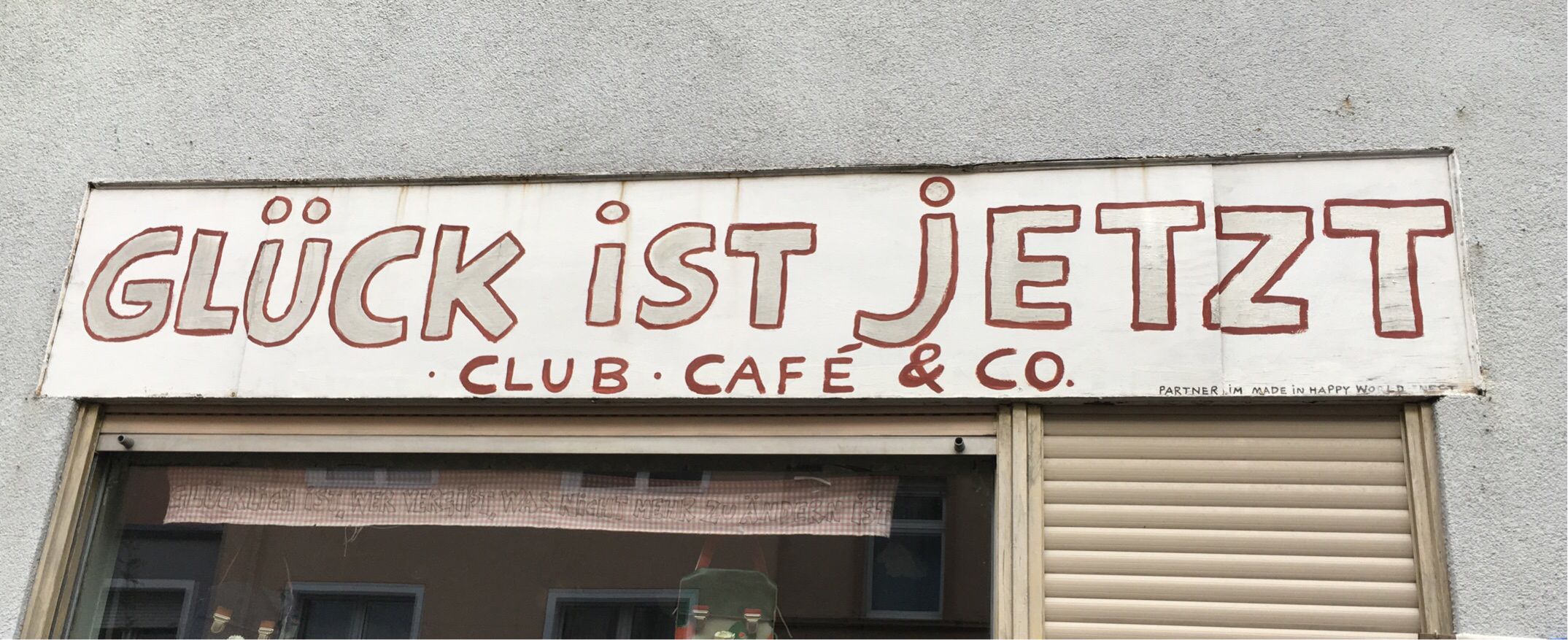
|
982
|
|
Deutschland
Frankfurt am Main
|
|
|
—
|
|
|

|
16598
|
|
Germany
Frankfurt am Main
|
|
|
—
|
|
|
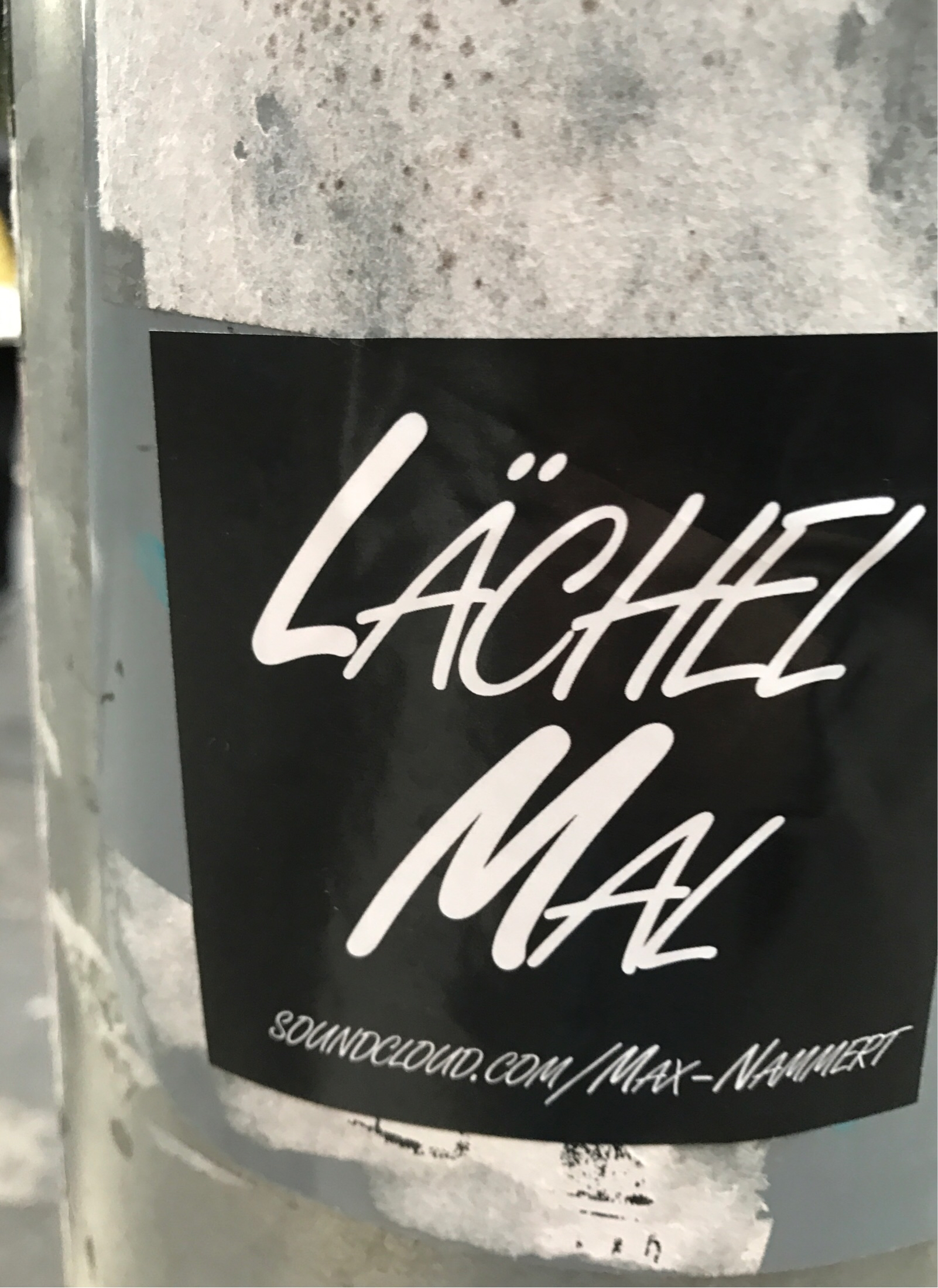
|
983
|
|
Deutschland
Frankfurt am Main
|
|
|
—
|
|
|

|
16599
|
|
Germany
Frankfurt am Main
|
|
|
—
|
|
|
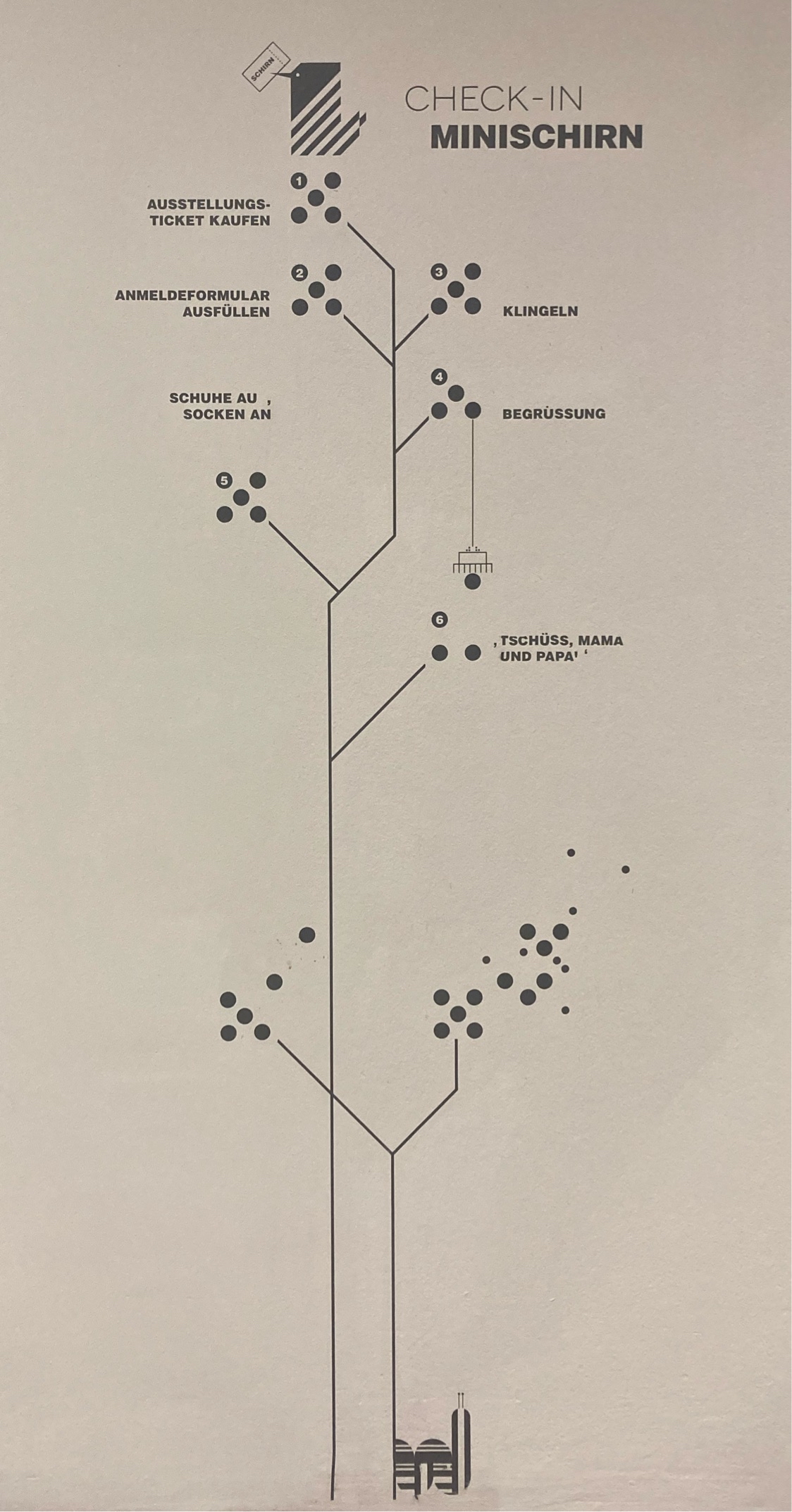
|
47575
|
|
Deutschland
Frankfurt am Main
|
|
|
Interessante Wegleitung
|
|
|
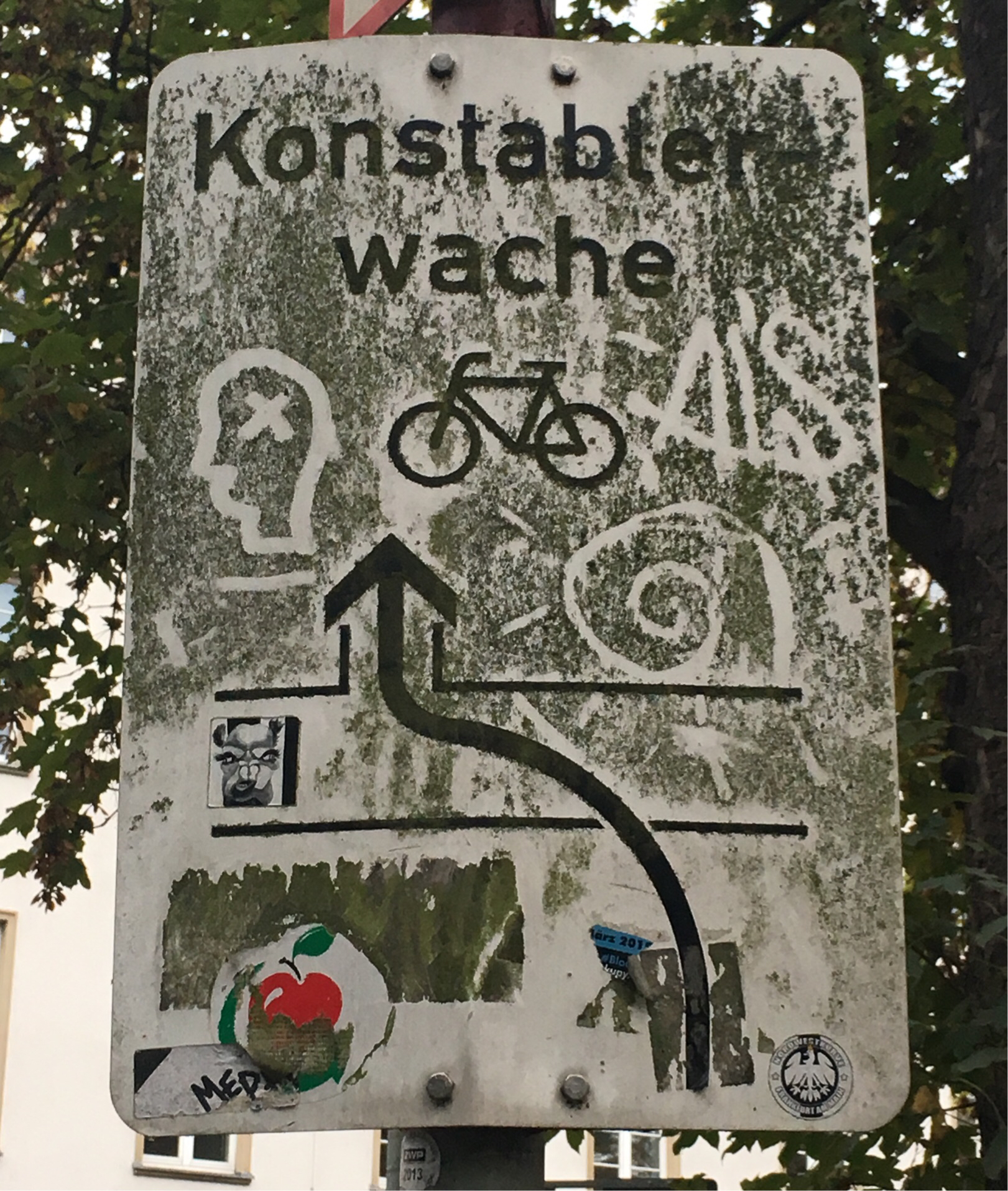
|
984
|
|
Deutschland
Frankfurt am Main
|
|
|
—
|
|
|

|
16600
|
|
Germany
Frankfurt am Main
|
|
|
—
|
|
|

|
985
|
|
Deutschland
Frankfurt am Main
|
|
|
—
|
|
|